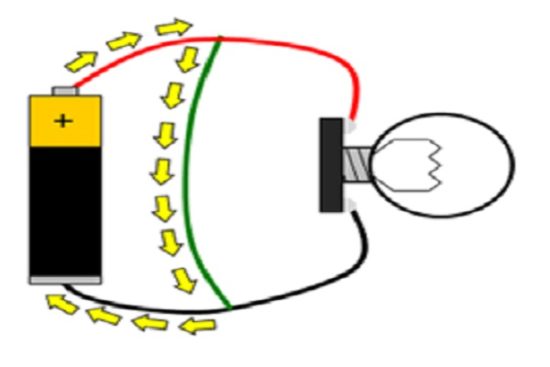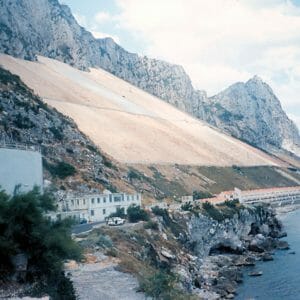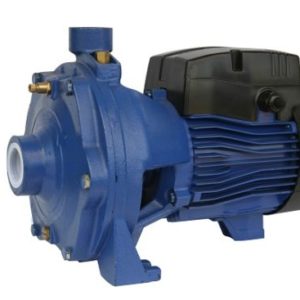E – 1638 Short Circuit Current Calculations
$100.00
Courses Included
This course presents the subject of short-circuit studies in a very structured fashion. First, a simple equivalent circuit is developed for a generic power system, system impedances are recalculated to common base and fault are calculated at various locations throughout the system. A detailed explanation is offered for calculation of three phase faults. Explained techniques can be also verified by any commercial power system software package.
Short-circuit studies are done to determine the magnitude of the prospective currents flowing throughout the power system at various time intervals after a fault occurs. The magnitude of the currents flowing through the power system after a fault varies with time until they reach a steady-state condition. The information is used to select fuses, breakers, and switchgear ratings in addition to setting protective relays.
This behaviour is due to system characteristics and dynamics. During this time, the protective system is called on to detect, interrupt, and isolate these faults. The duty imposed on this equipment is dependent upon the magnitude of the current, which is dependent on the time from fault inception. This is done for various types of faults (three phase, phase-to-phase, double-phase-to-ground, and phase-to-ground) at different locations throughout the system.






